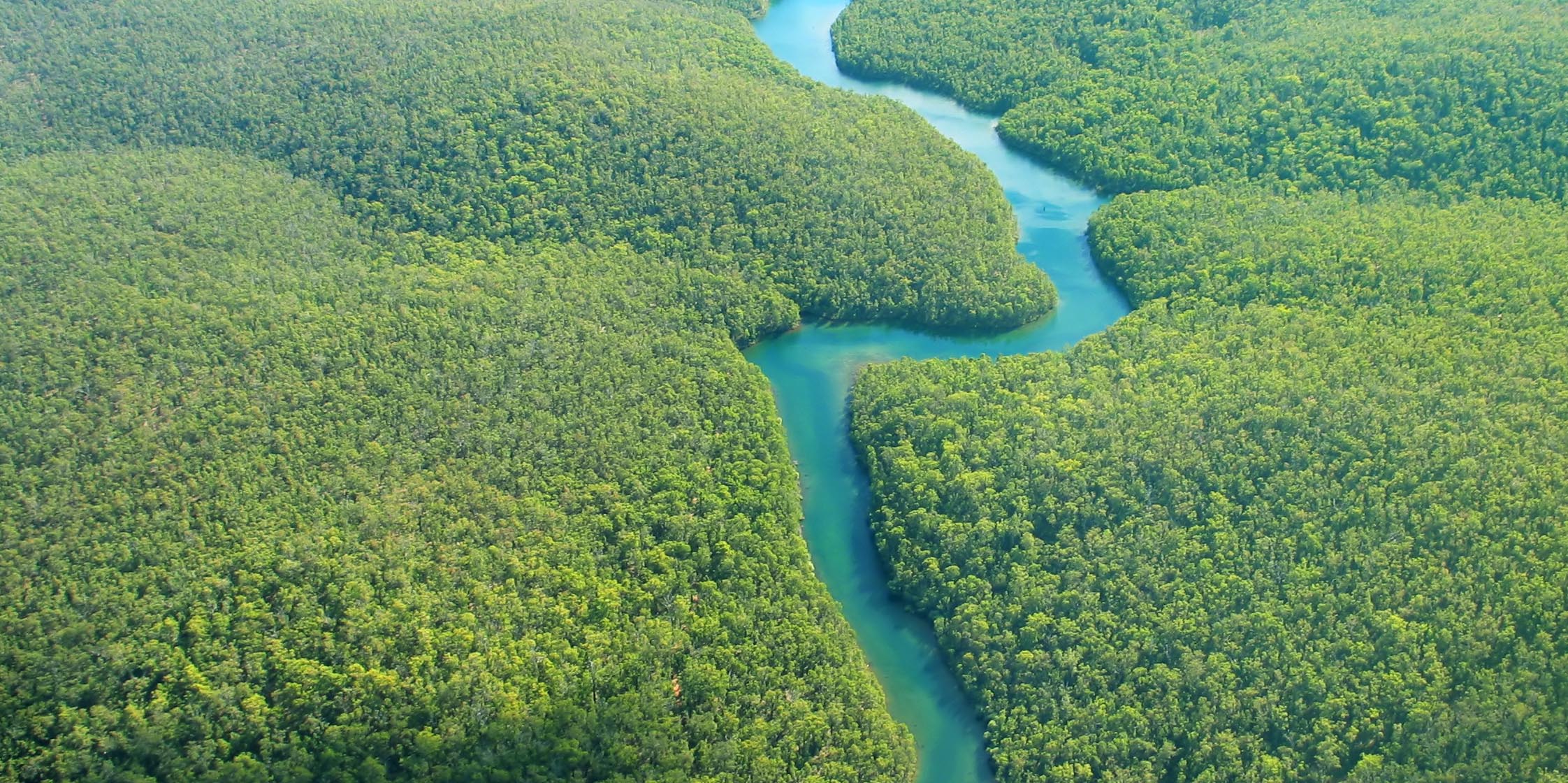CDP’s forests program is expanding to look at how metals & mining companies are managing impacts and realising opportunities within forests. We are developing a new questionnaire which companies will be invited to respond to in 2019. Sign up for an investor webinar on the topic on 5th June at 15:00 BST, here.
Forests are a source of great riches.
Not only are they vital for regulating our global climate and water system, but beneath their green canopies, forests hide a treasure trove of gold, copper, diamonds, and other precious metals, gemstones and resources.

The threat to forests from mining
Extracting these resources can take a heavy toll on the surrounding forest, and beyond.
While agriculture is the biggest driver of deforestation globally, mining and other extractive industries still cause a significant share of forest loss. For example, between 2005 and 2015, mining-related forest loss accounted for roughly 10% of all Amazon deforestation. Totaling 11,670 square kilometers, this represents an area larger than Jamaica.
By offering diverse habitats for animals, people and micro-organisms, forests support at least two-thirds of the world’s biodiversity.
Deforestation is problematic not just because it damages this biodiversity and threatens the 1.6 billion people who call our forests home, but also because it is closely tied to climate change.
Ten to fifteen percent of global greenhouse gas emissions currently result from deforestation. Keep forests intact however, and as a natural carbon sink they have the potential to absorb around one third of global emissions.
Mining in forests can also lead to other environmental issues.
Toxic wastewater from the mining site can run off into waterways, polluting them with high levels of heavy metals. In the case of artisanal and small-scale mining, this can include mercury, which poisons fish, and in turn the local populations that rely on it for their diet.
Not to mention the road, railways and power stations that accompany mining projects. All of which encourage further deforestation by opening up routes to previously inaccessible parts of the forest. This puts additional pressure on biodiversity and freshwater supplies and fragments the remaining forest, making it less resilient to fire.
The role of investor action
The 650 plus investors working with CDP realize that metals & mining companies’ social license to operate rests largely on good environmental stewardship and stakeholder engagement.
Should companies get it wrong, the risks and costs are substantial. A recent CDP report found some 87% of companies reporting to CDP identify risks from deforestation. Meanwhile some US$941 billion of turnover in publicly listed companies is dependent on commodities linked to deforestation.
On the flip side, tackling deforestation can bring substantial returns. 87% of companies report opportunities associated with addressing deforestation, while the Tropical Forest Alliance 2020 suggest the investment opportunity for deforestation-free investment and financing will roughly total US$200 billion annually by 2020.
Compared to other sectors reporting to CDP, the high response rate from metals & mining companies suggests that they are generally aware of their environmental impacts. But it isn’t always that easy for their investors to understand how companies operate and the impact they may have on forests, water and other natural resources.
Given the potential for environmental degradation and pollution resulting from mining activities, greater transparency is essential for investors to understand the risks and opportunities within their portfolio.
This is particularly important given the expected growth in the sector and the continued demand for the raw materials it produces.
Following a downturn in 2015, some industry experts are now predicting a surge in exploration, and a number of new mining projects are expected to come online before 2020. Many of these will be sited in emerging economies which may not have strong legal protections in place to limit deforestation.
This increased demand, combined with resource-depletion, means that mining activities are more likely to move into remote and ecologically sensitive areas, increasing both biodiversity risks and the importance of managing those risks.
Using data to protect forests
CDP is well-positioned to drive greater awareness and action within the mining sector. Last year, 115 major metals & mining companies reported environmental data to CDP.
From 2019, the data gathered from the new metals & mining questions in CDP's forests questionnaire will help us provide critical stakeholders – including companies, investors and policy makers – with specific insights on how mining companies are dealing with forests and biodiversity-related issues.
This includes businesses committing to net positive impact – in which the overall negative impacts of a project or company are mitigated and outweighed by the good done by it – and no-go commitments, which ensure that companies avoid impacting biodiverse areas such as natural heritage sites.
As we work towards the internationally agreed targets set by the Paris Agreement – to keep global temperature increases to well below 2 degrees Celsius – mining corporations and their investors have a significant responsibility to treat forests and water with the strategic importance they deserve.
By enabling these companies to report on their efforts to avoid deforestation, we hope to raise awareness on this issue and support investors and companies in taking meaningful action.
The data generated will also be used to track progress towards Goal 3 of the New York Declaration on Forests (NYDF), which was signed in 2014 by around 180 nations, companies, indigenous people and other organizations, which committed to halve deforestation by 2020 and stop it by 2030. To date, no mining companies have endorsed the NYDF, but we hope that this will not remain the case for long.
On 5th June, we will be holding a webinar for investors. We’ll go into greater detail on how the metals & mining industry is impacting biodiversity and forests, discuss best practices and emerging issues, and explain how you can get involved in the next stages of the project. Click here to sign up.
